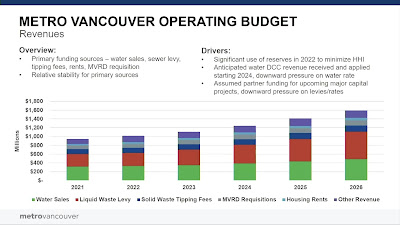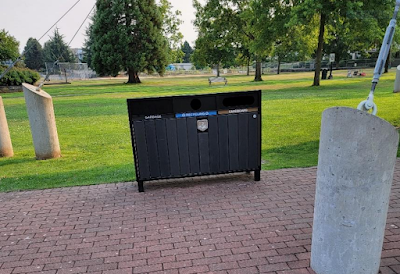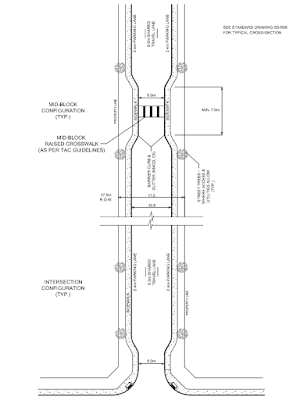Over the last week, I’ve posted about the October 18th Langley City Council meeting. Today will be my last post and will cover some of the administrative agenda items.
With the passing of the new Subdivision and Development Servicing Bylaw, Council repealed its pavement cut policy as it is now covered in the new bylaw. This policy is related to City requirements for restoring pavement when people dig it up, for example, to install utilities.
Council discussed a motion about tandem parking. The discussion about the motion covered topics around on-site and on-street parking management. City staff will be working on an on-street parking management plan in 2022, and Council will likely be approving a new zoning bylaw that will cover on-site parking in early 2022. As such, Council voted not to proceed with the motion.
Due to the gap between expired provincial emergency measures, which allowed Council meetings to be held electronically (via Zoom), and City Council giving final reading to its new Council Procedure Bylaw, Council held in-person meetings in October. Council voted to go back to electronic meetings until further notice. The electronic format will allow more people to attend council meetings and help enhance health protection as the COVID-19 pandemic is still with us.
Council also rotates the Deputy Mayor position among all Councillors. The Deputy Mayor can fill in for the Mayor if she is absent or ill.
The appointment schedule for the next year is:
November 1st - December 31st, 2021 - Councillor Albrecht
January 1st - February 28th, 2022 - Councillor Pachal
March 1st - April 30th, 2022 - Councillor James
May 1st - June 30th, 2022 - Councillor Storteboom
July 1st - August 31st, 2022 - Councillor Wallace
September 1st - October 31st, 2022 - Councillor Martin















